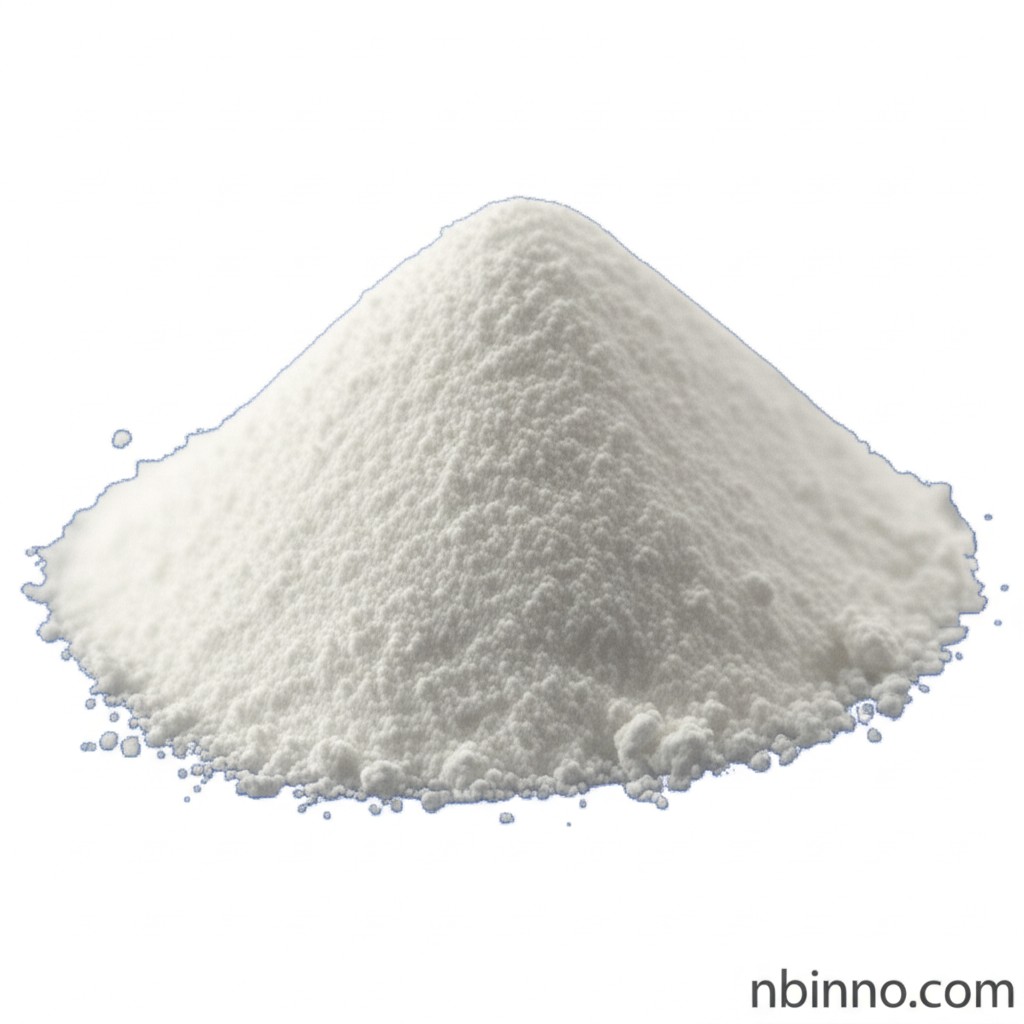Ritalinic Acid (CAS 19395-41-6): A Comprehensive Overview
Explore the chemical properties, applications, and significance of Ritalinic Acid, a key pharmaceutical intermediate.
Get a Quote & SampleProduct Core Value

Ritalinic Acid
Ritalinic Acid, identified by CAS number 19395-41-6, is a vital inactive metabolite of methylphenidate. It plays a significant role as a pharmaceutical intermediate in the synthesis of medications for attention deficit hyperactivity disorder (ADHD).
- Learn about the Ritalinic Acid for ADHD treatment, understanding its role in enhancing focus and concentration.
- Discover the applications of Ritalinic Acid in neuroscience research, exploring its effects on neurotransmitter systems.
- Explore Ritalinic Acid chemical synthesis pathways and its importance as a building block for complex pharmaceutical compounds.
- Find reliable Ritalinic Acid supplier options for your research and development needs.
Key Advantages
High Purity
Available with high purity levels, making it suitable for sensitive Ritalinic acid pharmaceutical intermediate applications.
Versatile Intermediate
Serves as a crucial building block in the Ritalinic Acid chemical synthesis of various related compounds.
Research Utility
Valuable for neuroscience research, Ritalinic acid helps scientists understand cognitive functions and behavioral disorders.
Key Applications
Pharmaceutical Synthesis
Used as a primary component in the Ritalinic Acid chemical synthesis of medications targeting ADHD.
Neuroscience Studies
Essential for studies on neurotransmitter systems and cognitive function, aiding in Ritalinic acid neuroscience research.
Analytical Standards
Employed in analytical chemistry for developing methods to detect and quantify related compounds.
Drug Development
Supports the development of novel compounds and improved therapeutic strategies in pharmaceutical development.
